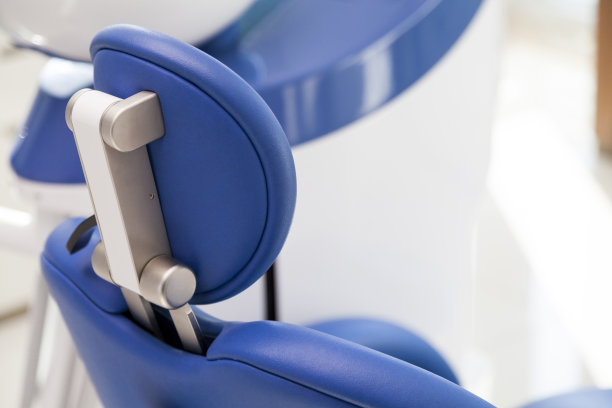Essential Guidelines and Precautions to Consider Before and After Getting a Dental Filling for Optimal Oral Health
Summary: Dental fillings are vital for restoring the function and aesthetics of damaged teeth. However, preparation and aftercare are key to achieving optimal oral health post-treatment. This article delves into essential guidelines and precautions to consider before and after getting a dental filling. From understanding the procedure itself to knowing what to expect during recovery, each section aims to inform patients about their role in maintaining dental health. By being properly prepared and attentive to aftercare, individuals can enhance the effectiveness of their dental fillings and reduce the risk of further complications.
1. Understanding the Dental Filling Procedure

Before undergoing a dental filling, its crucial to understand the procedure. Dental fillings are used to restore teeth that have been damaged by decay, cracks, or wear. The dentist will first evaluate the affected tooth, may take X-rays, and then discuss the appropriate filling material. Options include amalgam, composite resin, porcelain, and glass ionomer, each having unique benefits and considerations.
Understanding the various types of fillings allows patients to make informed decisions. For example, composite fillings are aesthetically pleasing and blend well with natural teeth, making them ideal for visible areas. On the other hand, amalgam fillings are robust and more resistant to wear, suitable for back teeth where chewing pressure is greater.
Being aware of what to expect can also lessen anxiety. Patients should know that the procedure typically involves local anesthesia to ensure comfort during the treatment. The dentist will remove the decay, clean the cavity, and then fill it with the selected material. Educating oneself about the procedure can lead to a more relaxed experience and better cooperation during the appointment.
2. Pre-Procedure Preparation Tips
Preparation for a dental filling goes beyond just arriving on time. It starts with choosing the right dentist and checking their credentials. Finding a provider with good reviews or personal recommendations can instill confidence in the decision-making process. Its essential to communicate openly with the dentist about any allergies or medical conditions.
Another important aspect is to plan for the recovery period. Patients should arrange for someone to drive them home if sedation will be used, as anesthesia can affect coordination. Additionally, consider dietary choices before the appointment; having a light meal can help maintain energy levels without causing discomfort during the procedure.
Lastly, practicing good oral hygiene beforehand is crucial. Brushing and flossing thoroughly can prevent additional issues during the filling process. Taking care of your oral health in the days leading up to the appointment can also demonstrate the importance of the filling procedure to your overall dental care.
3. Immediate Aftercare Instructions
Post-filling care is just as important as preparation. After receiving a dental filling, patients may experience numbness due to local anesthesia. Its advisable to avoid chewing or biting until the numbness wears off to prevent accidental injury or biting the cheek or tongue. Following the procedure, patients should stick to soft foods for at least the first 24 hours to allow the filling to settle.
In terms of oral hygiene, it’s vital to maintain good practices immediately after the filling. While specific areas should be avoided for the first couple of days, patients can resume brushing and flossing as usual after that. However, extra care should be taken around the filling site to prevent irritation.
Additionally, its normal to experience some sensitivity to hot and cold temperatures after a filling. Should this sensitivity persist for longer than a few weeks or worsen, patients should contact their dentist to rule out any complications or to assess the filling for any necessary adjustments.
4. Long-term Care For Your Filling
Taking care of dental fillings in the long run contributes to their effectiveness and durability. Regular dental check-ups are crucial, as they allow the dentist to monitor the fillings condition and catch any issues before they escalate. During these visits, the dentist can also provide personalized advice on maintaining oral health.
Moreover, practicing daily oral hygiene is essential. Patients should brush their teeth at least twice daily and floss regularly, ensuring that food particles do not accumulate around the filling. Using a fluoride toothpaste can provide added protection to both filled teeth and surrounding structures.
Lastly, avoiding hard or sticky foods can help prolong the life of the dental filling. Foods like hard candies or ice can put excessive pressure on fillings, potentially leading to cracks or dislodgement. Being proactive and mindful about diet helps in maintaining overall oral health and the integrity of dental work.
Summary:
In summary, understanding the dental filling process, proper preparation, and diligent aftercare play pivotal roles in achieving optimal oral health. By following these guidelines and precautions, patients can enhance the effectiveness of their fillings and ultimately contribute to their long-term dental well-being.
This article is compiled by Vickong Dental and the content is for reference only.


